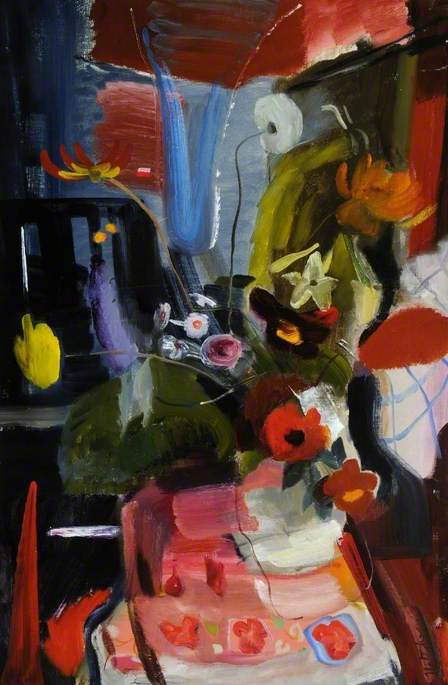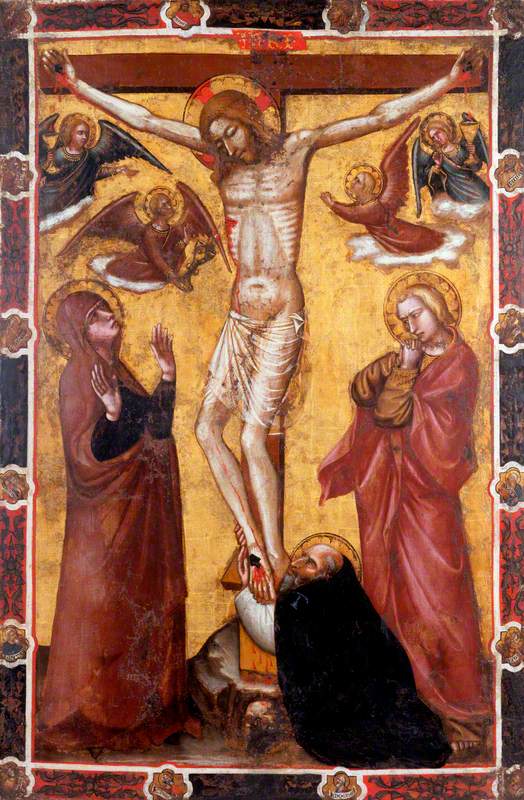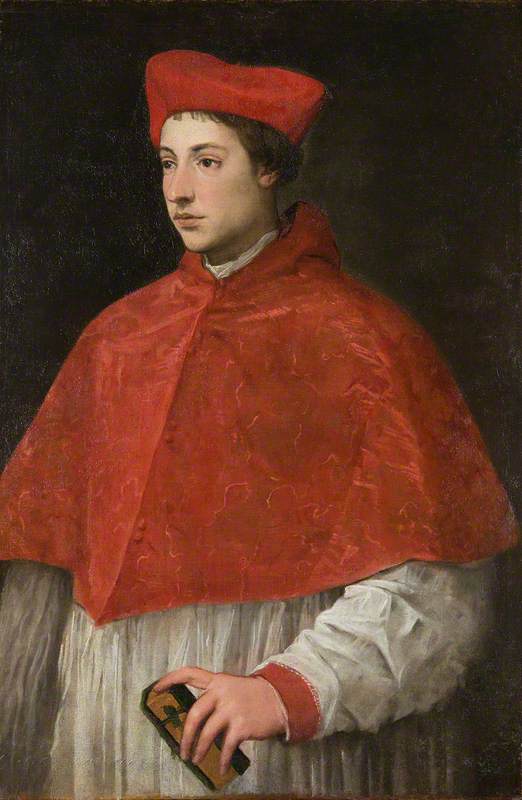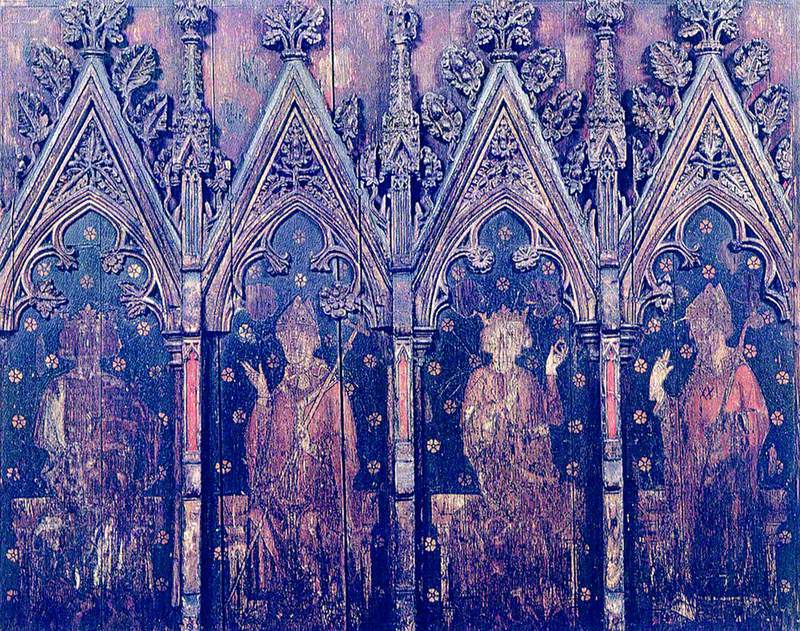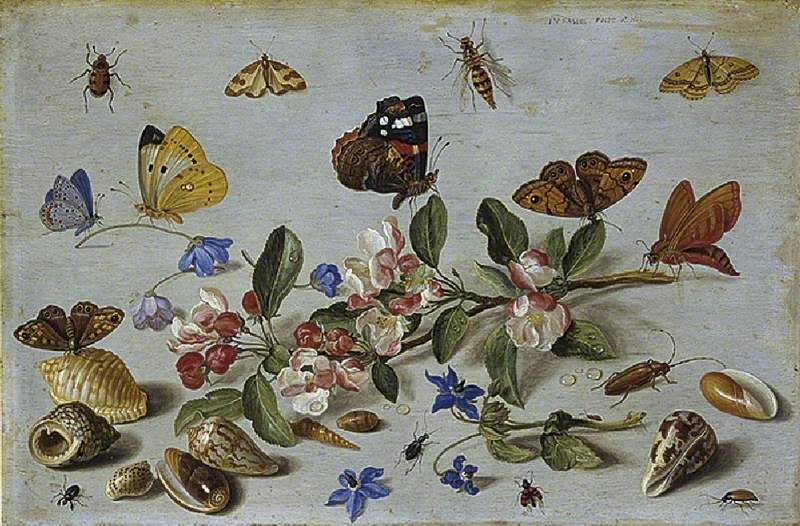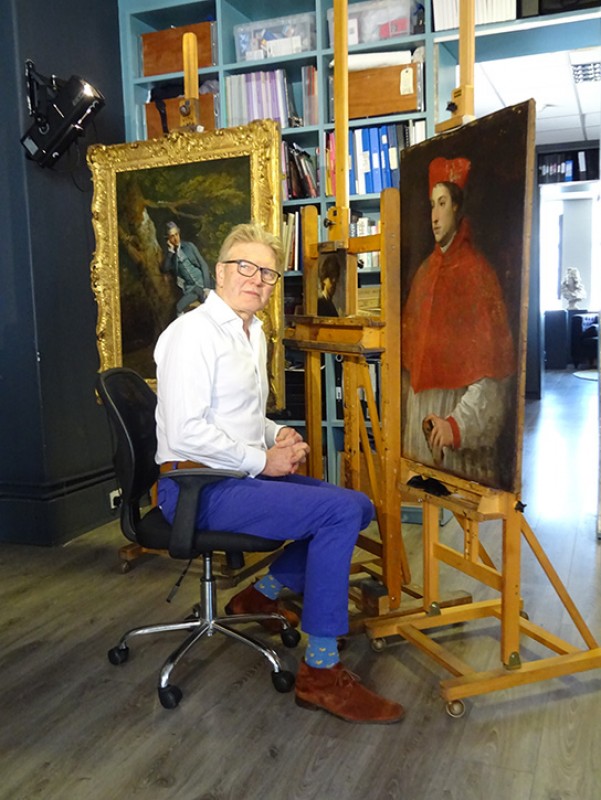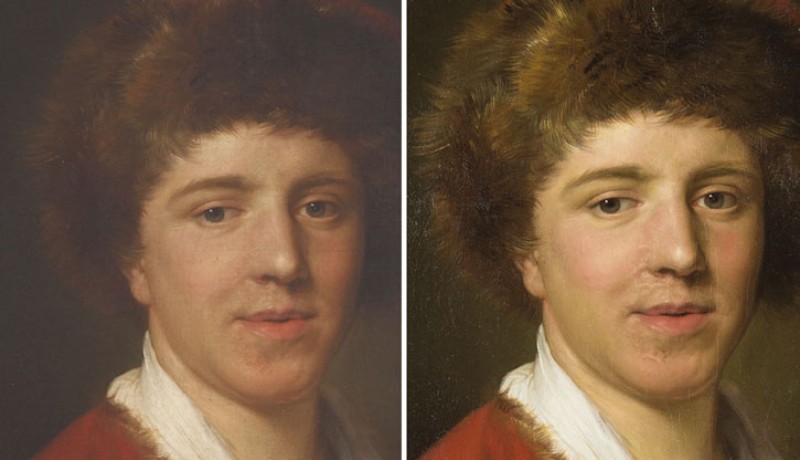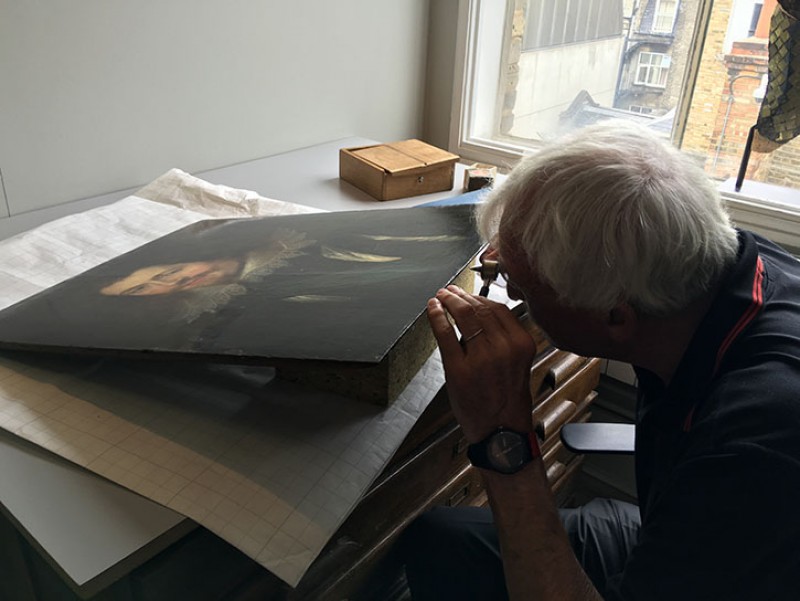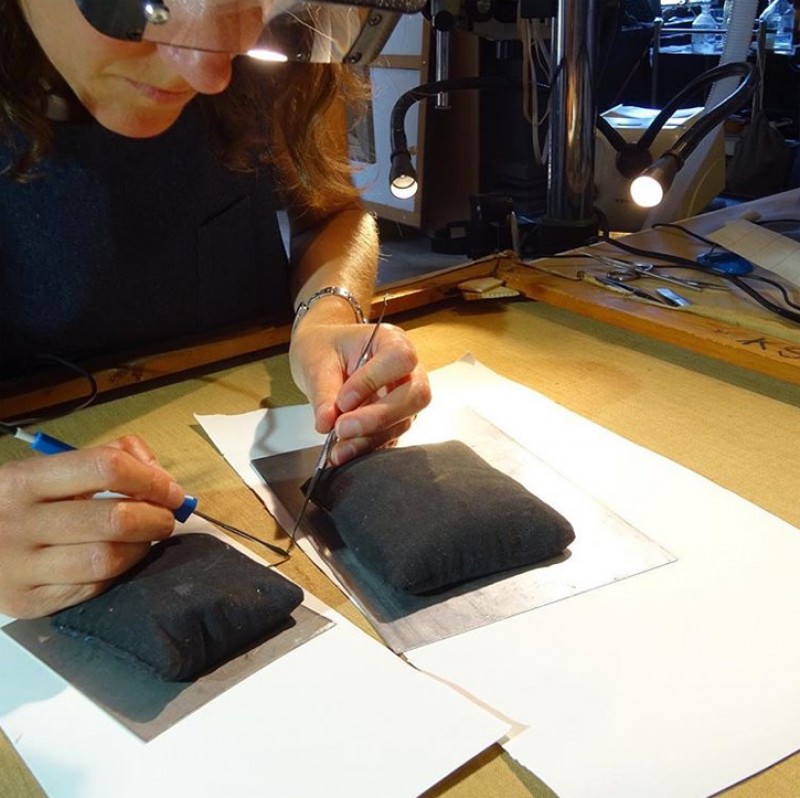‘If he is a tall man he will probably prefer an upright canvas – or if a city dweller in a “flat” with fireplace – overmantel – the horizontal shapes go well. If he likes the wide open spaces of life or country walks, he may prefer my visual music horizontally – as I do (mostly) myself especially when this is seen … in its larger natural size. In “your” case it would seem to depend on available gallery space…’
These are the words of Ivon Hitchens, written in a letter to the curator of the Graves Gallery, Museums Sheffield about his work Flower Piece, 1943. A valid insight, as this work is usually displayed in the vertical position.
As a curator, I would generally ascribe to the view that there is a right and wrong way of displaying and therefore viewing a painting. While this may be less prescriptive with more recent works, historically the nature of the subject matter generally lends itself to a particular hang, but these words made me think again.
It fascinated me that the artist himself was so open to how the work could be hung and it made me wonder, could there be other works in our or other collections that could be so freely displayed? Perhaps the Hitchens in Wakefield or Norwich have a similar flexibility? Certainly Mark Rothko is known to have turned his canvases around a number of times when painting them and one can even see drips of paint running up the canvas rather than down.
Sadly no Rothkos reside here at Sheffield, but I have found that we do have a historical work that can also be hung in two orientations: Man with a Skull by Jusepe de Ribera, 1630–1640.
This painting is of a monk looking at a skull, perhaps contemplating his own life and death, or a Memento Mori to remind us of our own mortality. It is currently hung in the horizontal format, so the skull is held high. The monk looks up into the face of death almost as if he is challenging it. However, this work can also be hung vertically, with the monk looking down at the skull. This seems to change the dynamics of the work completely; the monk seems resigned to his fate with the sins of the world on his shoulders bowing him down. So it seems that with one turn of this painting the meaning can change, making the possibilities of orienting any painting way more powerful than first perceived.
One afternoon when I was browsing through the South Yorkshire: Sheffield PCF printed volume, I happened upon Hitchens’ work again – there it was, in a vertical or ‘portrait’ orientation at the top right corner of the page, just as we would most likely hang it in the gallery.
It suddenly struck me, that within these catalogue pages and on Art UK, paintings will be perpetually presented in a certain way.
Understandably, this may be largely influenced by the way in which the image is supplied or, if it’s a familiar work, how it has been presented previously. But this is how it will always be seen in this reproduced state.
I don’t claim to have done much research into this, though I know others have, it just interests me that one’s perception of a work of art can be so altered by the way it is hung or its orientation in a catalogue. This is further impacted upon by the artworks shown beside it and in the case of a catalogue, the standard size of all the images. I guess I have always been aware of this as it naturally comes with the territory of being a curator accustomed in the hanging of works of art, but the discovery of this letter, alongside the work of Art UK, has brought it to the forefront of my mind.
I hasten to add that Flower Piece by Hitchens is not always on display, but thankfully, due to the endeavours of Art UK, it can still be seen and considered by many – regardless of its orientation!
Liz Waring, Curator of Visual Art, Museums Sheffield
